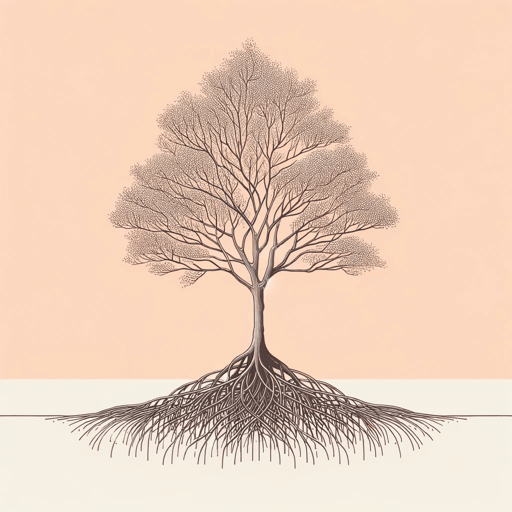42 pages • 1 hour read
Maryse CondéCrossing the Mangrove
Fiction | Novel | Adult | Published in 1989A modern alternative to SparkNotes and CliffsNotes, SuperSummary offers high-quality Study Guides with detailed chapter summaries and analysis of major themes, characters, and more.
Themes
The Intersectionality of Class, Race, and Gender
Content Warning: The text depicts racism (including colorism, slurs, and outdated terminology), ableism, anti-gay bias, abortion attempts without the mother’s consent, misogyny, and incest, and discusses sati (a form of suicide), sexual assault (including a case involving an underage character), death by childbirth, child death, enslavement, torture, and murder.
Despite the Creolization or cultural blending in Guadeloupe (specifically, Rivière au Sel), rigid hierarchies exist—sometimes with no regard for intersectionality. This is apparent in the actions and words of characters, who, despite their own mixed backgrounds, have a clear sense of where they stand in relation to others. Colonial legacy and patriarchy partly explain this tendency, especially in the Caribbean: After the Indigenous population was decimated by disease and warfare, white settlers repopulated the land with enslaved African people, as well as indentured Indian and Chinese people. Despite the subregion’s mixing of languages, religions, and cultural products (such as music), as well as marriages, racial separation remained. White settlers depended on Eurocentric theories to maintain their privilege and to perpetuate internalized racism. For example, Social Darwinism claims some races are more “evolved,” and thus deserving to rule others. This mentality can be seen in the casta paintings of Spain and Portugal, which identified racial and social status based on racial make-up.


